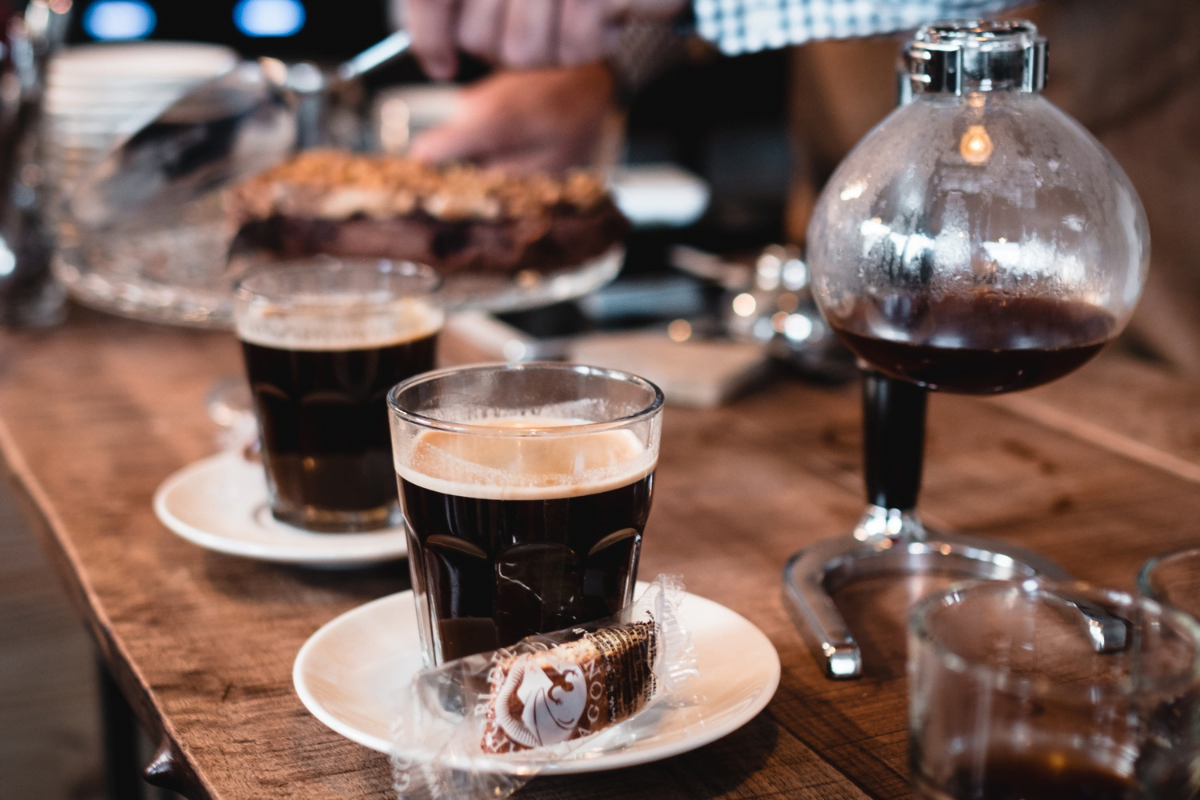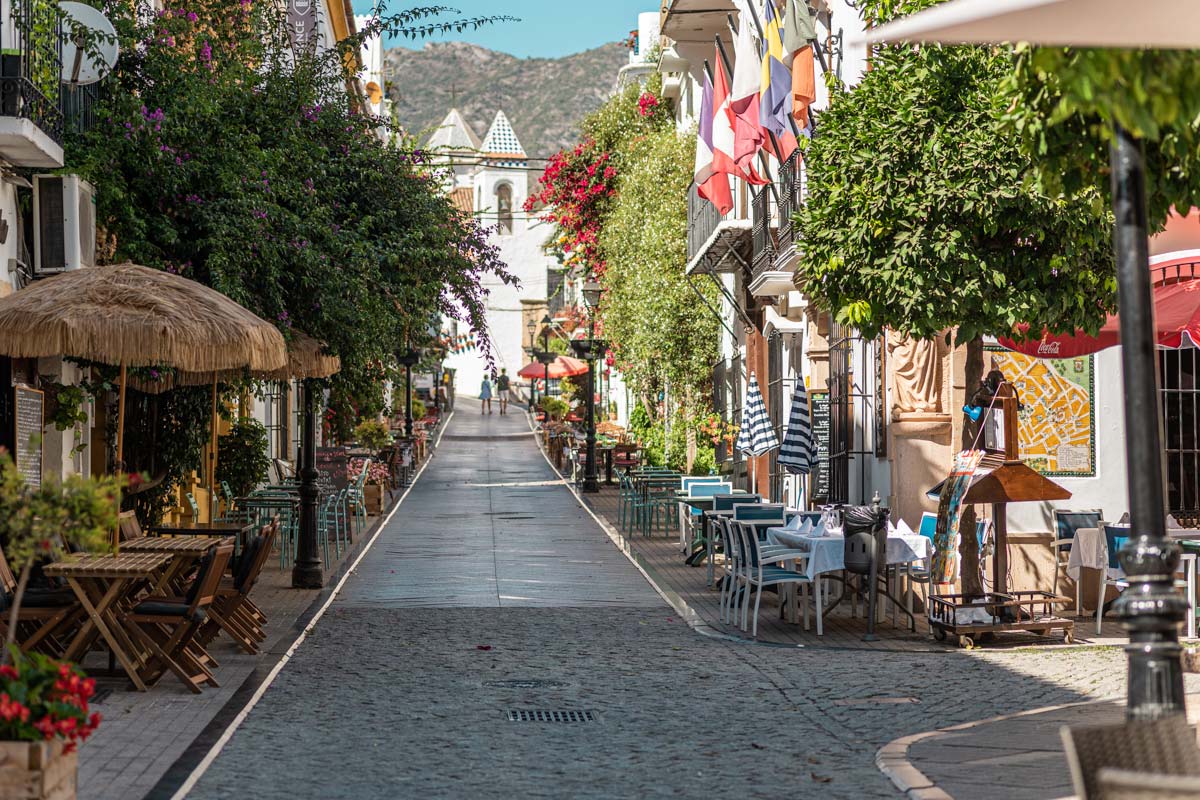Italy is not the only country famous for good coffee. The Spanish also have a track record. And if, while on the Iberian peninsula, you don’t happen to fancy a cup of hot coffee bean brew, you can always replace it with the local cava.
How do you order coffee in Malaga?
How not to get lost in the maze of Spanish café menus? It is worth knowing that the system of serving coffee was invented 60 years ago by Jose Prado, owner of the oldest café in Malaga, Café Central. In this café, the different ways of serving coffee and their names are still depicted on painted tiles. How do they differ? The proportion between coffee and milk!
- Solo – black coffee
- Largo – 10% milk
- Semi largo – 30% milk
- Solo corto – like an espresso: 60% of the glass filled with coffee, without milk
- Mitad – half a glass of milk, half a coffee
- Entre corto – 60% milk
- Corto – 70% milk
- Sombra – 80% milk
- Nube – 90% milk
To enjoy a delicious coffee with churros, head to Malaga to Café Central in Plaza de la Constitución. This legendary place is well known to all Andalusians, where you can meet actors and celebrities from all over Europe, among others, who own a house in Spain or are looking for a flat to buy.
Milk is not the only addition with which to ‘spice up’ a coffee. Fans of the version served with a small amount of alcohol, such as brandy, while on the Costa del Sol should order a carajillo – a drink typically served only in Spain and a few Latin American countries.

Despite the sunny climate on the Costa del Sol, Andalusians don’t serve iced coffee (iced coffee), so they don’t usually know how to make it. You might be surprised if, after ordering, you get your coffee in a glass or cup and ice cubes in a separate dish!
Spaniards love coffee and cava….
What is the difference between cava and champagne? Which is better, champagne or cava? The answer to the second question is a subjective matter, so everyone has to find out for themselves. Instead, we can consciously point out the differences and common elements.
Both liquors are made using a traditional method invented by the French. It involves a double fermentation – the first takes place in vats (just like traditional wine) and the second takes place directly in the sealed bottle. It is during the second fermentation that natural carbon dioxide is produced and bubbles form.
If the same manufacturing process, why is cava not champagne? The basic issue is the caveat made by the French in 1911, on the basis of which only spirits made in Champagne can be called champagne. Prior to this, Spanish cava producers – despite objections from the French – freely used the term ‘Spanish champagne’.

Although the production process is twinned, the difference appears in the grape varietals used. French champagne is based on pinot noir, chardonnay and pinot meunier, while Catalan spirits use parellada, macabeo, xarello and, increasingly, chardonnay. The two spirits also differ in their minimum ageing period – in the case of Cava, it is nine months, while the French drink must age in the bottle for at least 15 months.

The best cavas, such as Raventos Gran Reserva, are appreciated by wine lovers all over the world. In favour of the Spanish liquor is undoubtedly also the price. Unlike real French champagne, a good cava can be bought in Spain for just a few euros. When spending time on the Costa del Sol, it is worth trying, for example, Bodega Rovellats, Gran Reserva Masia Segele XV, Bodega Celler Vell – Estruch Cuvee Les Solanes (organic cava) or Agusti Torello Mata Kripta Gran Reserva.
Cava or coffee in Marbella
In Marbella, a city made for luxury, it’s worth heading to Puerto Banus for dinner, wine or coffee. In the restaurants here, you can sample Andalusian cuisine, watch a live flamenco show and enjoy a glass of wine or cava while overlooking the sea and the luxurious marina. If you decide to rent a flat in Marbella, it is worth coming here in the evening! It is one of the most desirable places to live – not only on the Costa del Sol, but in the whole of Spain.

